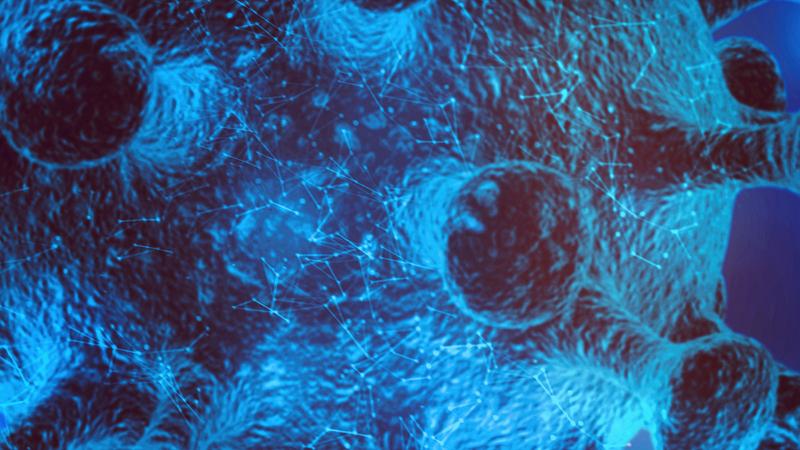Modeling the spectrum of COVID-19 pathology
Article | March 31, 2021
The COVID-19 pandemic began more than a year ago, but many aspects of SARS-CoV-2 infection and COVID-19 disease progression and pathology remain mysteries. Unfortunately, the answers to important questions have not been easy to find.
For example, why do many people with COVID-19 remain asymptomatic and capable of unknowingly spreading the SARS-CoV-2 virus, while others have severe, even lethal illness? Why are different physical systems affected in individual patients, with some people losing their taste and smell, while others have severe lung infections or GI distress or mental health issues? And why do some people have seemingly mild cases up front, only to have symptoms worsen and persist in puzzling cases of “long COVID?"
Some patterns have emerged that have aided the clinical and societal response. Age, sex and comorbidities all contribute to severe disease susceptibility, indicating that as-yet unknown background genetic factors play a significant role in individual response to infection. And to investigate the genetic contributors to disease variability, researchers have found that we can turn to our diminutive partners in biomedical research: genetically diverse mice.
Eight strains of mice, eight levels of disease severity
The SARS-CoV-2 virus strain that caused the initial surge of COVID-19 infections doesn’t bind to mouse cells, but adding human cell surface receptors for the virus (ACE2) receptors to genetically engineered mice solved that problem. These mice were based on the same inbred mouse strain (C57BL/6J, or B6), and all display the same disease progression when infected.
Last spring, researchers at The Jackson Laboratory (JAX), led by Scientific Director Nadia Rosenthal, Ph.D., F.Med.Sci., moved quickly to ask a basic question: will different strains of mice with hACE2 exhibit different COVID-19 pathologies? Working with the Rocky Mountain Laboratories, part of the National Institute of Allergy and Infectious Disease (NIAID), the research team quickly discovered that the answer is yes.
In a forthcoming study, the researchers will present their work, starting with eight inbred mouse strains. The eight strains have well-characterized but different background genetics, and they were separately crossed with the B6 hACE2 mice, producing offspring that can be infected with SARS-CoV-2 and also have genetic variability. And despite being housed in the same environments and exposed to the same viral loads, these new mouse models exhibited eight distinct responses to SARS-CoV-2 infection, from severe and swiftly lethal disease to no observable symptoms at all. There are intriguing data indicating where the causes of the differences may lie (namely in aspects of the immune response), and initial analyses also indicate in what tissues the virus actually infects cells. A particularly notable finding is that the area of the brain most prone to virus-induced pathology in some mouse strains is the hindbrain, which is where the senses of smell and taste are processed.
Moving forward
The initial study is just a start, however. JAX is moving rapidly to create even more refined COVID-19 mouse models. They will carry more variable, but still defined, genetic backgrounds, making it possible to precisely map the genetic contributors to their spectrum of COVID-19 disease progression. The models will be used to research other aspects of the disease as well, such as the course of long COVID, which will take many months instead of the days needed to study acute COVID-19.
Even when the acute pandemic ebbs, it’s vital that we move forward with a better understanding of the disease that has caused so much havoc and better clinical tools to address patient needs in order to be prepared for pandemics to come. Work with the mouse models promises to significantly accelerate inquiries into why different host genetics and immune response dynamics produce different courses of disease. In the end, the goal is to develop precise COVID-19 therapies and vaccines that address the greatly different needs of patients.

